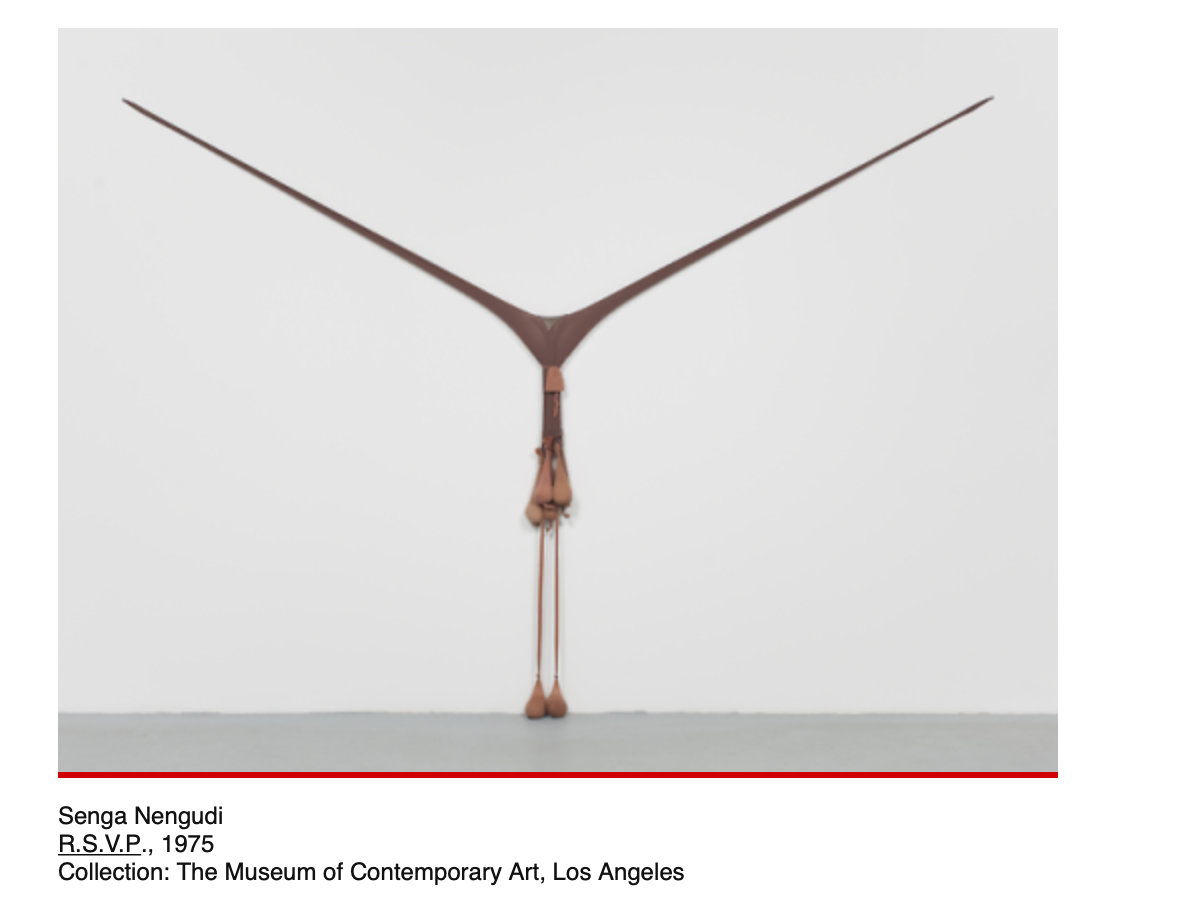From Kimberly Drew's Blog
Kimberly Drew’s book, This is What I Know about Art, provides a compelling and personal perspective on the relationship between art and activism. In her autobiographical story, Drew discusses her experiences working as a curator and activist, and how her work has been influenced by her identity as Black woman. Through her storytelling, Drew illustrates many of the themes and issues we have been discussing, including the impact of race and gender on power dynamics, the importance of representation in art, and the potential of art to create social change.
One of the most significant contributions of Drew’s book is her discussion of the relationship between art and activism. She states, “This is my story about loving art so much that you want to see it change for the better” (Drew 61). She argues that art can be a powerful tool for social change, and that artists, curators, and historians have a responsibility to use their platforms to address issues of social justice. This idea is echoed in The Art of Activism textbook, which discusses the ways that artists have used their work to promote political and social change throughout history. In the book they state, “Art can open up a space for public dialogue and encourage people to think and act in new ways. It can challenge that status quo, raise awareness of injustice, and offer alternative visions for the future” (Buncombe and Lambert 11). Susan Sontag’s excerpt from On Photography also speaks to the potential of art to create social change, arguing that photographers can serve as a powerful tool for political activism. Susan Sontag writes in the excerpt, “In a world ruled by photographic images, all borders, all thresholds, are eroded by scandalous anthropocentrism. Only that which narrates can make us understand” (Sontag 170). This suggests that photography, as a form of narration and documentation, can serve as a powerful tool for political activism by creating an understanding of social and political issues.
Another key theme in Drew’s book is the impact of identity on power dynamics. As a Black woman working in the art world, Drew has experienced firsthand the ways in which race and gender can include who has access to power and who is marginalized. This idea is also addressed in Bell Hooks’ essay, Understanding Patriarchy, which discusses the ways that patriarchy reinforces power imbalances based on race, gender, and class. Hooks states, “In actual practice, race and gender intersect in ways that profoundly affect the nature of patriarchal domination in the United States. Patriarchal power relations structure all social relations in one way or another. In a white supremacist, capitalist patriarchy, that means that all institutions–not just the family, not just religion, not just the state–are sites of power struggle” (Hooks). This quote highlights the ways in which patriarchal power structures intersect with other forms of oppression, such as racism, to further marginalize and oppress certain groups of people, particularly women of color. Drew’s book illustrates the importance of recognizing these power dynamics in the art world and working to create a more equitable and inclusive environment.
Throughout her book, Drew emphasizes the importance of activism in her work as a curator and historian. She argues that it is not enough to simply appreciate art for its aesthetic value, but that we must also consider its political and social implications. This idea has inspired me to think about ways that I can incorporate activism into my own professional aspirations in the field of television. As a film actress, I believe that film and television have the power to shape people’s opinions and perspectives, and therefore, they can be powerful tools for activism. Just like Kimberly Drew, who used her passion for art to engage with social issues, I would like to use film and television as a platform to raise awareness and promote social change.
One way I can do this is by creating films and television shows that tell stories about underrepresented communities and their struggles. In doing so, I can highlight social issues and challenge the status quo. Bell Hooks, in Understanding Patriarchy writes, “To end male domination, we must also end patriarchy” (Hooks). I believe that film and television can be used to challenge the patriarchal structures that exist in society by giving a voice to those who have been marginalized and silenced. As Susan Sontag argues in On Photography, “art can be a form of resistance . . . To photograph is to appropriate the thing photographed. It means putting oneself into a certain relation to the world that feels like knowledge–and, therefore, like power” (Sontag 4). As a film actress, I have the power to tell stories and shape people’s perspectives through the script. Through my acting, I have the power to tell stories and shape people’s perspective. I can also give a voice to those who have been silenced and shine a light on important issues that need to be addressed.
Kimberly Drew has taught me that authors, historians, and curators can be activists. Through her work as a curator, Drew has used art to engage with social issues and promote social change. In the same way, I can use my skills as a film actress to engage with social issues and promote social change. By working with filmmakers and screenwriters that challenge the status quo and give voice to the marginalized, I can be an activist in my own right.
Works Cited
Drew, Kimberly. This Is What I Know about Art. Penguin Workshop, 2020.
Duncombe, Stephen, and Steve Lambert. The Art of Activism: Your All-Purpose Guide to Making The Impossible Possible. O/R, 2021.
Hooks, Bell. Understanding Patriarchy. Publisher Not Provided, 2010.
Sontag, Susan. On Photography. Penguin, 2019.




No comments:
Post a Comment